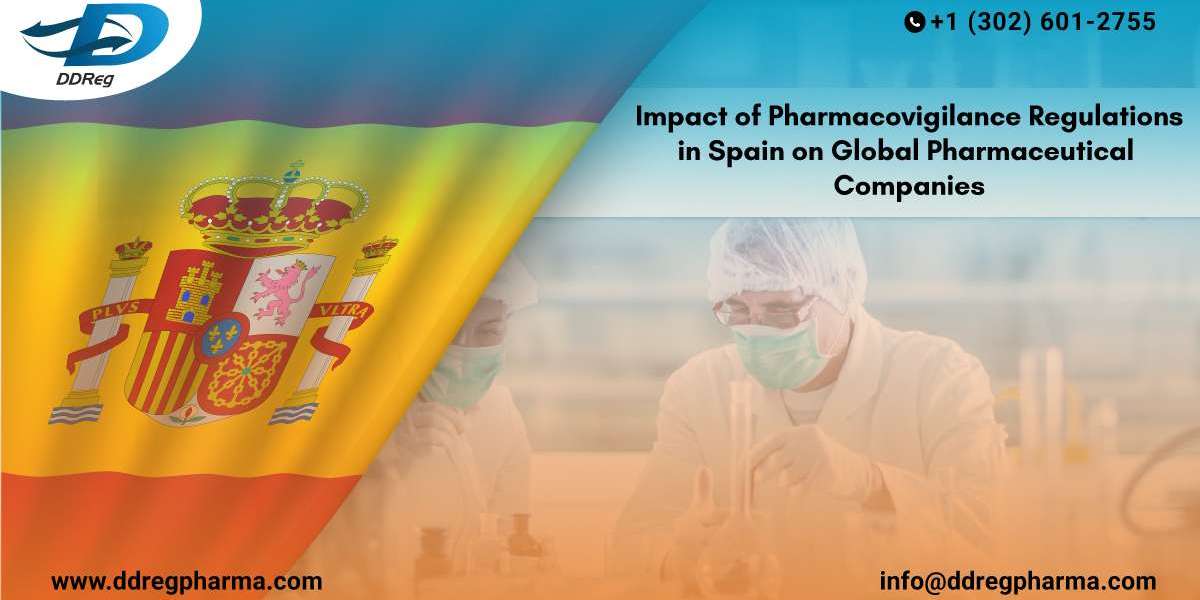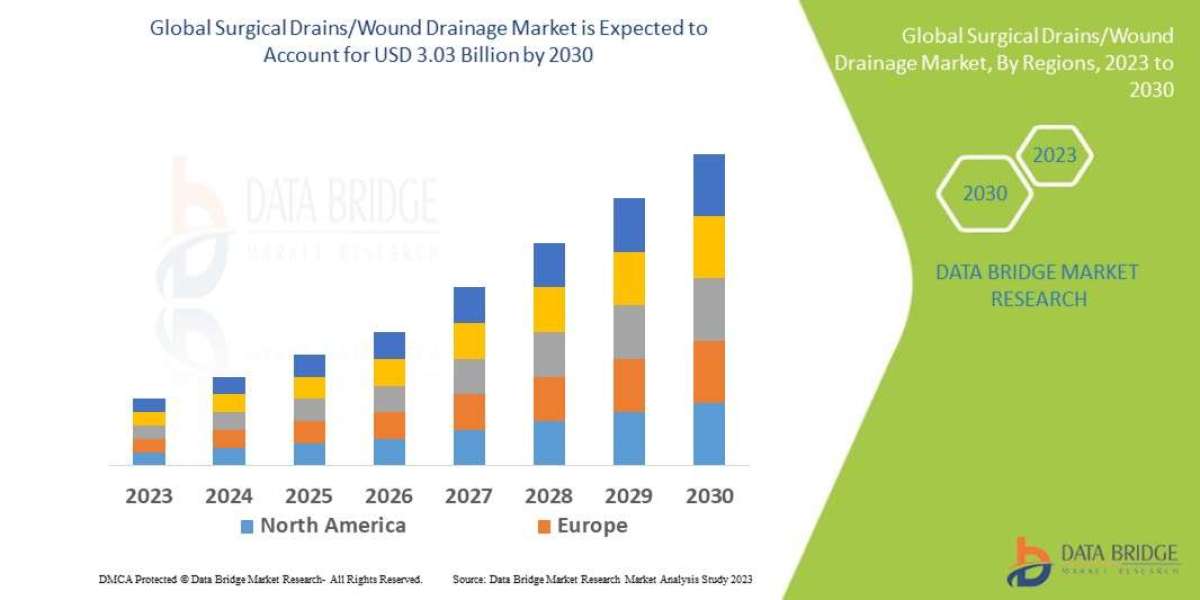In the ever-evolving landscape of global drug safety, Spain is emerging as a critical hub for pharmacovigilance (PV) services in Europe. As 2025 unfolds, the country offers a unique mix of regulatory maturity, localized expertise, and strategic relevance for pharmaceutical and biotech companies seeking compliant and efficient pharmacovigilance operations.
This article explores the key trends , challenges , and opportunities shaping the pharmacovigilance ecosystem in Spain today.
? Trends Driving Pharmacovigilance in Spain
1. Alignment with EudraVigilance and EMA Regulations
Spain, as a member of the EU, follows the European Medicines Agency (EMA) guidelines and uses EudraVigilance for reporting and managing adverse drug reactions (ADRs). In 2025, the country continues to push for faster, more automated ADR submissions via electronic gateways and updated RMP (Risk Management Plan) templates.
2. Increased Focus on Real-World Evidence (RWE)
Regulatory authorities in Spain are increasingly receptive to real-world data (RWD) from electronic health records, registries, and patient-reported outcomes. This shift is helping pharmacovigilance teams move beyond traditional spontaneous reporting toward a more proactive safety surveillance approach.
3. Digital Transformation & AI Integration
Spain is witnessing an uptick in AI-powered PV tools for signal detection, case processing, and literature screening. Local service providers and CROs are investing in technology that can reduce manual workload and increase compliance , especially for MAHs operating across multiple regions.
4. Rise of Localized PV Services
With increased scrutiny on local Qualified Persons for Pharmacovigilance (QPPV) and language-specific literature monitoring, Spain-based PV providers are offering specialized, region-focused pharmacovigilance support to ensure accurate, timely submissions and compliance.
⚠️ Key Challenges in the Spanish PV Landscape
1. Complexities of Regional Language Requirements
Spain's decentralized health system requires monitoring regional publications and engaging with health authorities across autonomous communities. This adds complexity to literature screening and local signal detection .
2. Shortage of Skilled PV Professionals
While Spain boasts a strong base of life sciences talent, the demand for experienced PV professionals has outpaced supply in some regions. Finding bilingual experts with regulatory and clinical knowledge remains a bottleneck for growing operations.
3. Adapting to Evolving EU Legislation
Staying up-to-date with evolving EMA guidance, changes in IDMP (Identification of Medicinal Products) standards, and updates to EudraVigilance submission rules requires continuous investment in training and systems upgrades.
? Opportunities for Pharma Companies & CROs
1. Strategic Outsourcing to Local PV Partners
Spain is home to several well-established pharmacovigilance service providers offering case processing, medical review, aggregate reporting, and QPPV support. Outsourcing to local experts ensures cost-effectiveness while maintaining regulatory fidelity .
2. Using Spain as a Gateway to EU Markets
For non-EU MAHs ( Marketing Authorization Holders ), partnering with a PV provider in Spain offers a strategic foothold in the European market , helping ensure smooth interactions with EMA and local competent authorities.
3. Leveraging Government & Innovation Support
Spain offers innovation grants and incentives for digital transformation in healthcare. Companies that invest in PV technology and automation may benefit from government-backed programs and R&D incentives.
4. Collaborations with Academic & Research Institutions
The Spanish pharmacovigilance ecosystem includes universities and public health bodies actively involved in drug safety studies. These collaborations can fuel better signal detection, benefit-risk assessment , and real-world data insights .
? Looking Ahead: Spain's Role in Global Pharmacovigilance
As pharmacovigilance continues to expand from a regulatory checkbox to a strategic pillar of drug lifecycle management , Spain is well-positioned to play a larger role in global safety operations. Whether through technology-driven innovation or culturally attuned local services, the Spanish PV market is ripe with opportunity for growth, collaboration, and impact .
For pharmaceutical companies, CROs, and biotech firms eyeing compliance excellence and operational efficiency in Europe, Spain is no longer just a market—it's a partner in drug safety.
Need pharmacovigilance support in Spain ? Partner with experts who understand the nuances of Spanish regulations and offer full-spectrum PV services—from case processing to QPPV representation.








